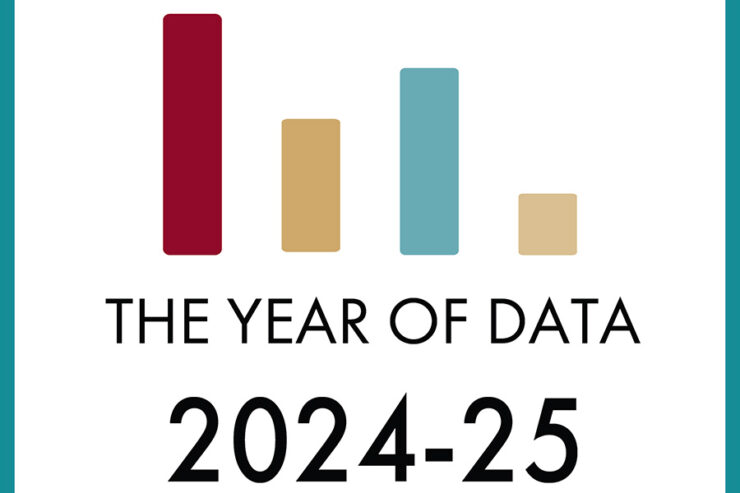Census data are data that are frozen in time and used for official reporting. The Enrollment Census is a “snapshot” of all students enrolled and is taken on each semester and trimester’s Enrollment Census Date. Fall and spring enrollment census are taken for the university on Monday of the fifth week of the Orange Campus semester calendar. Chapman University’s Enrollment Census Calendar can be found here.
The Institutional Research and Decision Support (IRADS) Office, as the official source of university statistics, takes and maintains the enrollment census for the university.
What Is Census Data Used For?
Census data represent the official enrollment counts for the university and are used for all public-facing reporting including, but not limited to, the Department of Education Integrated Postsecondary Education Data System (IPEDS), the Common Data Set (CDS), external surveys, grant applications, reports to accreditation agencies and marketing and ranking surveys. The university uses enrollment census counts for enrollment planning, resource allocation, and other institutional planning and development needs. These official figures are also used to calculate the university’s official retention and graduation rates.
Census data is best to use when reporting historical trends over time, if you need to match official figures or if you need data that will not change from day to day. Census data are stored in a SharePoint Census Data Archive, accessible to administrators for planning and decision making, and are used to populate the Institutional DataMart and the University Fact Book.
Do Panther Analytics Reports Use Census Data?
No, Panther Analytics reports don’t use census data. These reports are updated every morning from PeopleSoft, and figures can change daily. However, census enrollment dashboard reports are being developed, so stay tuned!




